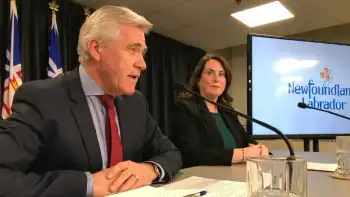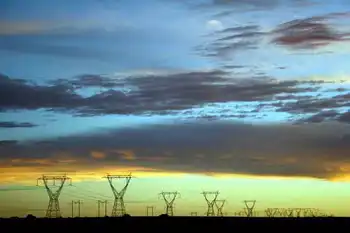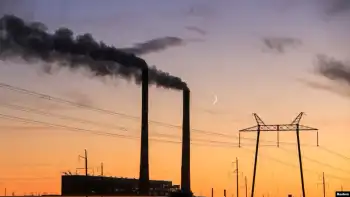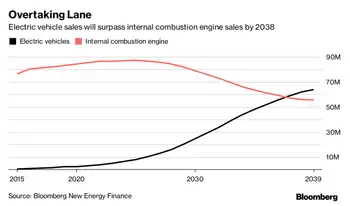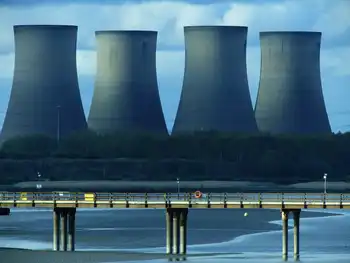Uzbekistan to pull out of Soviet-era grid
By Associated Press
Substation Relay Protection Training
Our customized live online or in‑person group training can be delivered to your staff at your location.

- Live Online
- 12 hours Instructor-led
- Group Training Available
The authoritarian nation says it will withdraw from the Soviet-era power grid that unites four Central Asian countries, prompting fears of electricity shortages that could make for a winter of hardship in impoverished Tajikistan and Kyrgyzstan.
Each country in the region contributes to the area's power supply and draws electricity from the same system. Their contributions shift as seasons change, because some are hydropower producers that have excess capacity after the spring snowmelt, while others use coal and gas.
Uzbekistan's plan to stop all power flowing in and out of neighboring countries along its transmission lines is expected to deplete overall supplies in the other nations and in some cases cut off entire areas fed by lines leading from Uzbekistan.
Snaking Soviet-era borders left Central Asian nations deeply intertwined and interdependent after Moscow's empire fell apart in 1991.
Wealthier Uzbekistan accuses Tajikistan of stealing electricity and says continued participation in the unreliable Central Asian power grid imperils electricity supplies to its factories and households. It has spent more than $1 billion building a new transmission route designed to enable it to transport electricity to its southern provinces without relying on neighbors' lines.
"The way the Central Asia unified energy system currently works contains a real threat to the stability and safety of Uzbekistan's own power system," the chief of Uzbek state utility company Uzbekenergo's dispatch center, Esso Sadullayev, said in a government-run newspaper. The company claimed Tajikistan had illegally appropriated some 100 million kilowatt hours from the system since late last year.
"Uzbekenergo sees no possibility of continuing to operate" in the grid, he said.
In Tajikistan and Kyrgyzstan, the planned pullout has prompted fears of crippling power shortages and a repeat of the trials many faced two winters ago, when blistering cold disrupted electricity production and claimed hundreds of lives. Many in the region live in Soviet-era apartments that are poorly equipped to protect dwellers from harsh winter weather.
Because of the geography of the grid and the twisting national borders, Uzbekistan's withdrawal threatens to cut off some southern districts in Kyrgyzstan supplied with electricity from a hydropower plant through lines traversing Uzbek territory.
Tajikistan, meanwhile, says the move will cut it off from gas-rich Turkmenistan, which has committed to deliver 1.2 billion kilowatt hours annually via Uzbekistan over the winter period. Turkmenistan lies west of Uzbekistan and does not border Tajikistan or Kyrgyzstan.
More tension looms in the future. Mountainous Kyrgyzstan and Tajikistan have vast hydropower potential and are both working on ambitious projects that could serve much of their electricity needs, while creating enough surplus for export in the months of peak production. But Uzbekistan, which lies downstream from those proposed dam projects, strenuously objects amid fears that its crucial agricultural heartland could be cut off from precious irrigation water.
Tajik economist Khodzhimuhamad Umarov said Uzbekistan's plans amounted to an energy blockade.
Observers say Uzbekistan's decision to quit the grid could, however, prompt neighboring government to take energy security in into their own hands.
Tajikistan recently unveiled a Chinese-built 500-kilowatt transmission line that will link the northern and central parts of the country, adding to the poor nation's debt to China but reducing reliance on Uzbekistan.





